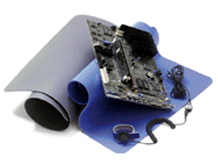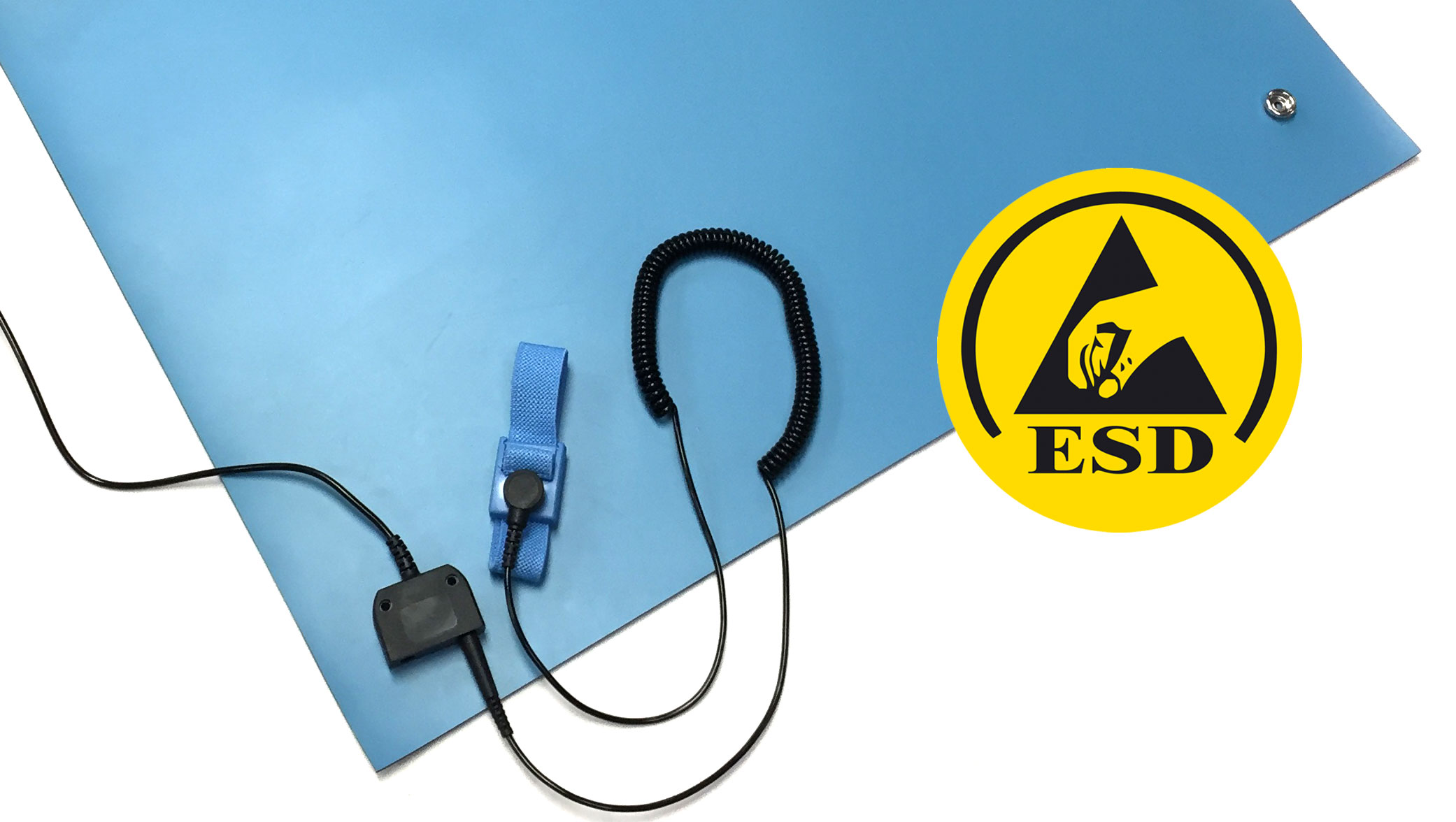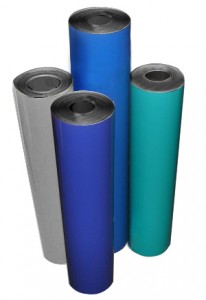For ESD control purposes, materials are classified by how quickly electricity moves through the material. The speed is referred to as the “resistance” of the material i.e. Â how strongly the material resists charge movement.
The speed is measured in Ohms and is typically displayed in powers of 10 (example 10^3). The lower the number, the more conductive the material and may be considered “Antistatic”.
| Classification | Charge Movement | Resistance | Ohms | Is it Antistatic? |
|---|
| Conductive | Very Fast | Low Resistance | 10^3 - 10^ 5 | Yes |
| Dissipative | At a controlled speed. Fast but Slower than Conductive | Medium Resistance | 10^6 - 10^ 10 | Yes |
| Insulative | Slow or No Movement | High Resistance | 10^11 - 10^ 12 | No |
The following ranges and definitions are found in ESD Association or EIA standards publications:
Conductive materials: With a low electrical resistance, electrons flow easily across the surface or through the bulk of these materials. Charges go to ground or to another conductive object that the material contacts or comes close to. Conductive materials have a surface resistivity less than 1 x 10^5 Ω/sq or a volume resistivity less than 1 x 10^4 Ω-cm. Conductive materials are classified “Antistatic”.
Dissipative materials: For these materials, the charges flow through the material slowly and in a somewhat more controlled manner than with conductive materials. Dissipative materials have a surface resistivity equal to or greater than 1 x 10^5 Ω/sq but less than 1 x 10^12 Ω/sq or a volume resistivity equal to or greater than 1 x 10^4 Ω-cm but less than 1 x 10^11 Ω-cm.2. Dissipative materials are classified “Antistatic” and are considered to be the ideal range for ESD materials.
Insulative materials: Insulative materials prevent or limit the flow of electrons across their surface or through their volume. Insulative materials have a high electrical resistance and are difficult to ground. Static charges remain in place on these materials for a very long time. Insulative materials are defined as those having a surface resistivity of at least 1 x 10^12 Ω/sq or a volume resistivity of at least 1 x 10^11 Ω-cm. Insulative materials are not classified as “Antistatic”.
Anti-Static: Is a term used to describe materials that prevent the buildup of static electricity. Both conductive and dissipative materials are classified as Antistatic.  Insulative materials are not.
How to Measure Surface Resistivity
The SRM200 Surface Resistance Meter is an easy to use tester for measuring surface resistivity. This SRM200 uses parallel electrodes on the back of the meter to accurately measure RTT, RTG, or resistivity for periodic verification, factory audits or test lab evaluation of a product.
This meter is designed to be used in all facets of material production including engineering, maintenance, quality control, incoming inspection, manufacturing, research, or sales departments for the testing of anti-static mats, floor finishes, paints, wrist straps, smocks, footwear, bags and containers.
The SRM200 meets periodic test requirements per Compliance Verification ESD TR53 and conforms to ANSI/EOS/ESD (S4.1, S7.1, S12.1, S2.1).





 An
An 

